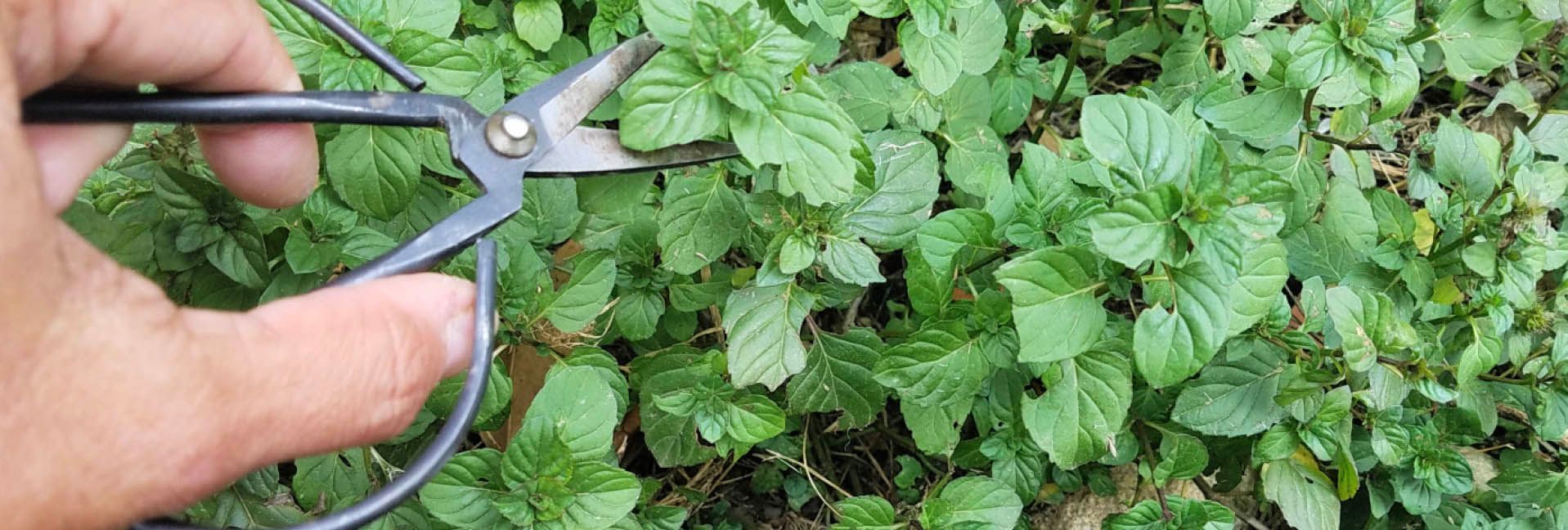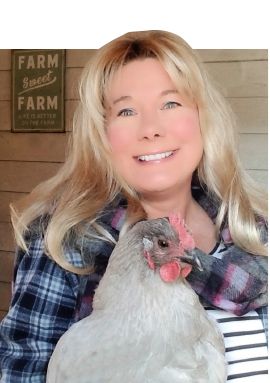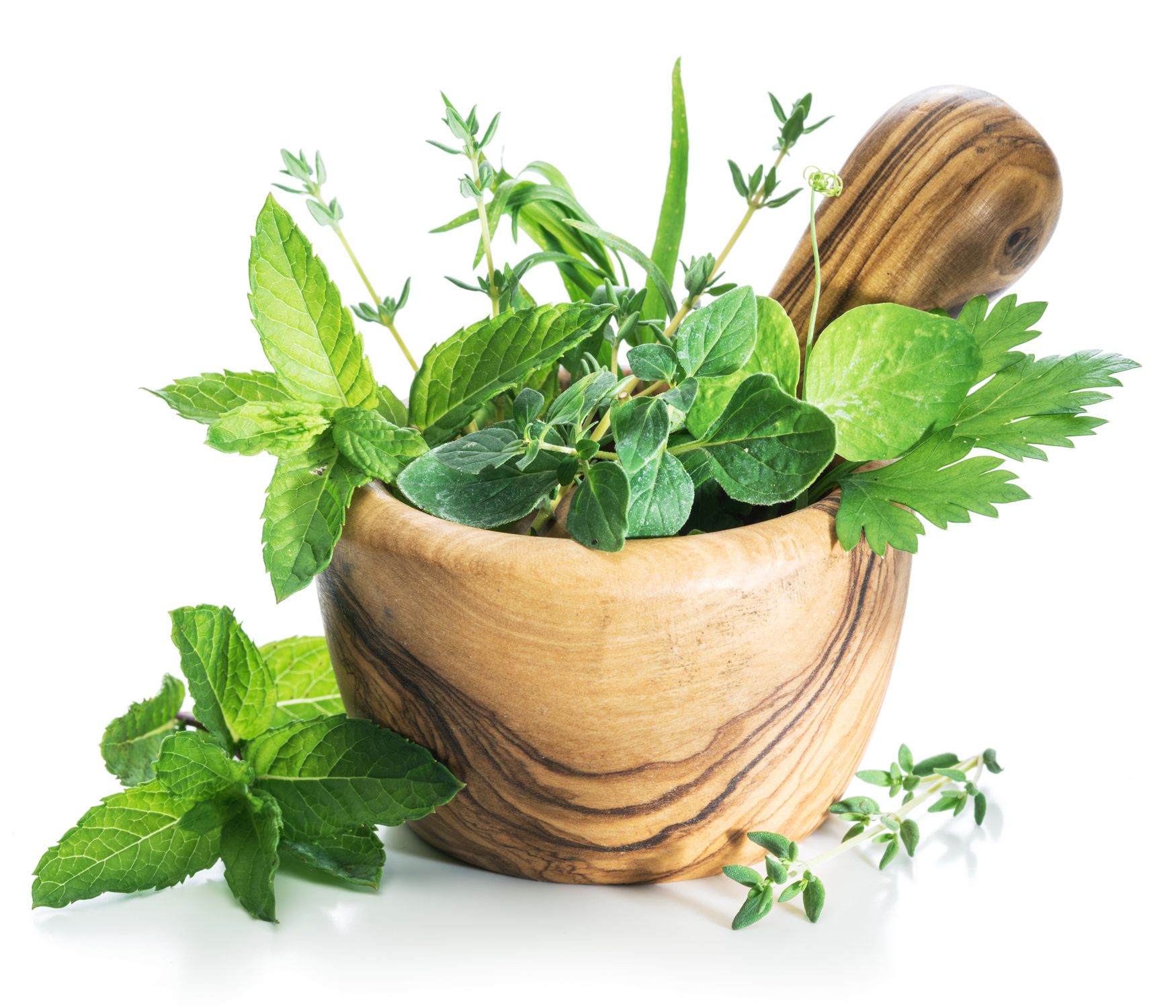Double-Duty Herbs Five spring favorites for hens and home


Early spring is the perfect time to plan your herb garden and clean it to be ready for the growing season. Unlike a traditional vegetable garden bed—depending on where you live in the country—many herbs are perennials, meaning that tilling or turning over the soil isn’t even required! So with very little effort, you’ll have new plants emerging from the sun-warmed soil in no time.

At home, wherever
Most herbs aren’t too picky about the soil they are growing in, and they aren’t terribly heavy feeders, but I like to spread some chicken manure over my herb garden in the fall to allow it time to age and decompose before spring. Other than that, herbs really don’t require much care, thriving in sunny spots with well-drained soil.
Herbs don’t require much space, although some like mint and thyme will spread quite rapidly. An herb garden that’s not much larger than two-by-four feet is enough space for herbs to enjoy in your cooking, to make bath or beauty products, and for your chicken coop.
For your established perennials, whatever rainfall they get should be adequate, unless you live in an extremely dry climate. But for new transplants, regular watering is recommended until they are established.
What to buy
Many herbs can be started from seeds, but I prefer to purchase started plants. For perennial herbs, especially, you buy them once and you have them for years, so the investment isn’t too great.
One or two plants can yield you fresh herbs all summer long and then for many seasons to come.
If you’re just starting out, you might want to limit yourself to just a few varieties of herbs to start. These are five of my favorites.
Lavender
Lavender is a sublime, calming stress reliever that also acts as a natural insect repellent. For those reasons, it is a wonderful addition to your chicken coop nesting boxes. Fresh or dried, lavender leaves and buds will make your nesting boxes aromatic while calming your sitting or laying hens.
In the home, lavender sachets can be put in drawers and closets to repel moths. Lavender salves can help you get a better night’s sleep.
Lavender is a perennial that grows best in hardiness zones 5-8. Seedlings or root cuttings can be planted, or plants can be started from seed.
Lavender benefits from regular trimming and is easily air dried in bunches hanging upside down.
Mint
Mint has the reputation of helping to keep mice and other rodents at bay, so it’s a natural fit to plant all around your chicken coop and sprinkle fresh or dried leaves in the coop nesting boxes or on the floor.
Mint leaves make wonderful sun tea, and homemade mint ice cream is unbelievably delicious. Mint leaves are also a component of several popular cocktails including mojitos and juleps. The leaves also make pretty garnishes for desserts. Mint-flavored lip balms and body scrubs are easy and fun to make.
Mint is a very low-maintenance plant. Not only will it grow almost anywhere, but it spreads quickly. Easily grown from cuttings, you can also just pull up runners once you have an established bed and replant them. To contain your mint, plant it in containers or in plastic buckets with the bottoms cut out and sunk into the ground. Mint is also a perennial and grows in zones 3-9.

Oregano
Oregano is perhaps the most beneficial herb for your chickens. Recent studies suggests the oregano may act as a natural antibiotic and immune system booster that can help protect against coccidiosis, salmonella, avian flu and E. coli when dried and added to chicken feed or offered free-choice. In fact, commercial poultry farmers have begun to add oregano oil to their chickens’ diets to combat various pathogens.
Around the kitchen, oregano is also a handy culinary herb to have on hand to make sauces, soups, and other Mediterranean dishes.
A perennial, oregano is easily grown from seed in zones 5-9. The plants should be trimmed regularly to keep from getting leggy and flowering—although bees and pollinators will enjoy the nectar in the flowers! The leaves can be air dried on paper towels set over racks.
Parsley
Parsley is one of the most nutritious culinary herbs. High in Vitamins A, B, and D, calcium, iron, magnesium selenium and zinc, it provides multiple health benefits to your chickens and family. Also thought to be a laying stimulant, it’s a great addition to your chickens’ daily feed.
Parsley is one herb I use in cooking probably more than any other. In addition to being an ingredient in so many recipes, parsley makes a nice garnish and adds a pop of color atop soups, pastas, meat dishes, and eggs.
Parsley is a biennial, meaning that it will live for two years, but it self seeds, so in effect, it becomes a perennial. Extremely cold-hardy, parsley grows in zones 4-11. Like all herbs, parsley benefits from regular snipping and pruning and is easily air dried in bunches.
Sage
Sage is a wonderfully aromatic herb that is being studied as a way to combat salmonella in chicken flocks. It is thought to work as an antioxidant and give an overall health boost. Fresh or dried and mixed into feed, sage is a wonderful addition to your flock’s diet.
Sage is also a delicious culinary herb that is often, ironically, paired with chicken dishes. Sage leaves are often used to flavor stuffing and wonderful fried in butter and used to top pasta dishes.
Start this perennial from young seedlings in zones 5-8. Harvest sage leaves frequently, taking care not to remove more than one-third of largest leaves from the plant at any one time to allow for regrowth. Air dry sage leaves on paper towels laid over racks.
Tags:Garden & Landscape

Acreage Life is part of the Catalyst Communications Network publication family.














